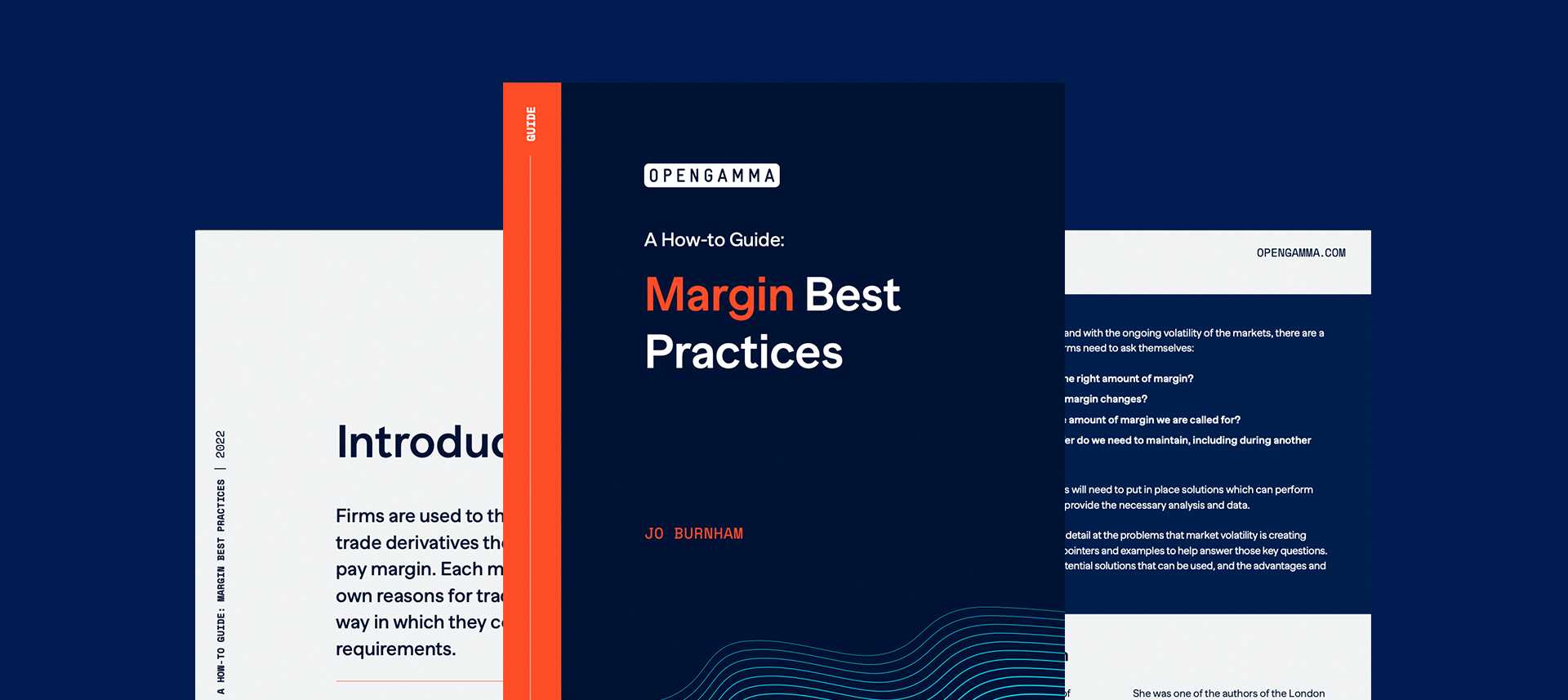We have previously looked at the options for changing trading strategies in order to take advantage of additional volatility and the impact that this will have on margin requirements. We considered trading alternative markets, for example moving from European to US Power and also switching from financial to physically delivered products.
However, the market that potentially offers the greatest opportunity is the Spot Market, with heightened volatility based on supply and demand conditions. Alongside these trading opportunities though comes not just the need to support the delivery process but also the way that margin is calculated, which is very different to the methods used in derivative markets.
How Is Margin Calculated Within Spot Markets?
There are variations, but the way that Initial Margin is calculated for spot contracts has common components across markets. These are based on an assessment by the CCP of both the credit worthiness of the firm and their trading activity.
With the spot market being volatile and little time between trade and final settlement, it is important for CCPs to understand how likely it is that any participants in the market will be able to make margin payments when required. They will set rules for acceptance as a clearing member based on both capital and credit rating. This information may also be used to determine a level of credit that they are willing to extend to the firm.
The Initial Margin is harder to calculate because by the time that it is possible to make a margin call the contract may have already been settled. Instead, margin requirements are usually based on an average traded volume over a specific period of time. A multiplier will be applied to this volume to take into account any higher than expected level of trading on the day. A margin rate will be set for each contract based on the price volatility and this will be used alongside the volume estimate to determine the margin requirement.
This obviously is only possible when a firm has already started trading on a given market. Before this an estimate is made of likely trading volumes based on the trades executed by similar firms. This volume will then be used to calculate margin until enough actual trading volume is known.
Margin will also be calculated to cover expected payments for positions that have gone to delivery. The easy part of this will be amounts collected to cover settlement payments. More difficult are the additional amounts that will be collected to cover any additional costs from delivery failures, such as paying the transmission system operator to cover the costs of rebalancing the network. This margin is similar to the Delivery Margin calculated for physically settled derivatives.
Why Spot Market Margin Is Difficult To Replicate
Whereas the margin for derivative contracts is based on actual positions, because of the risks that need to be covered the margin for spot contracts needs to be based on estimates of the position to be cleared. This includes a number of factors including previous trading and a prediction of future trading. Alongside this, both actual and estimated costs of settlement are included within the margin calculation.
This means that both current and historical data are required to replicate the margin calculations. There are also a number of different parameters that need to be applied. This can be very complicated, and each CCP will apply their own specific variations on these calculations.
The Impact On Margin Requirements With Spot Markets
It’s not just the size of position on which margin will be calculated that differs between derivatives and spot markets. It is also the level of margin that applies to each position (whether actual or predicted) that is different.
The Initial Margin requirement for derivatives will vary over time based on current volatility, but is often around 15 or 20 percent of value. For the spot market it is more common for full contract value to be required. This is because by the time that the margin call has been met, usually the following morning, the position is already “in delivery” and therefore as with futures in delivery margin is charged at 100% of value.
Firms need to be aware that if they want to use the spot market to gain access to additional volatility, they should take into account the impact this will have on margin. There will be new, complex methodologies to understand and the level of Initial Margin is likely to be significantly higher than that required for derivatives.




